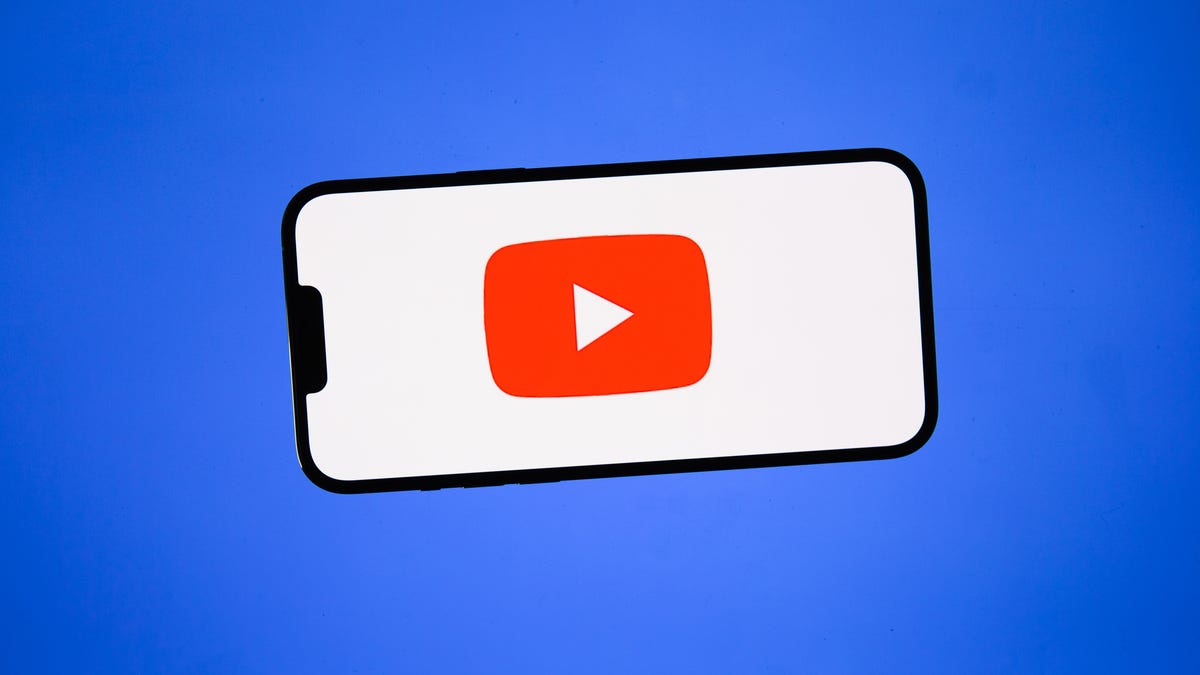Here's How to Use YouTube's New Multilanguage Audio Feature
Watch YouTube videos in your preferred language with this new feature.

Videos will default to match viewers' preferred language, YouTube said.
YouTube wants videos to reach more people, regardless of what language they speak. In a blog post Thursday, the video site said it's expanding the ability for creators to add multilanguage audio to videos, meaning people will have the option to watch many videos dubbed in their primary language.
"Whether it's chess tutorials, a historical documentary on Rome, or a series of ghost hunting investigations in Italy, we can't wait to see our creators continue to adopt this feature into their own content, and for our viewers to discover videos from international channels," YouTube said in the post.
If you're curious how you can use the feature to watch videos in your primary language, we'll get into how you can do that below.
YouTube's been testing the feature with a small group of creators, including Mr. Beast, over the past year. In testing, multilanguage dubbed videos saw a 15% watch time increase that derived from views in a video's non-primary language, YouTube said. On average, people watched over 2 million hours of dubbed video daily in January alone.
To try out the feature, creators can add different audio tracks through YouTube's Subtitles Editor tool when uploading a video. Creators can update existing content in their catalog through this tool as well.
Viewers can click the video's settings in the bottom right and then click Audio Track, which opens up other audio tracks in different languages. "We want this to be a seamless experience," YouTube said in the post, "so content will also default to match viewers' preferred language and users will be able to search for multilingual content courtesy of translated video titles and descriptions."

